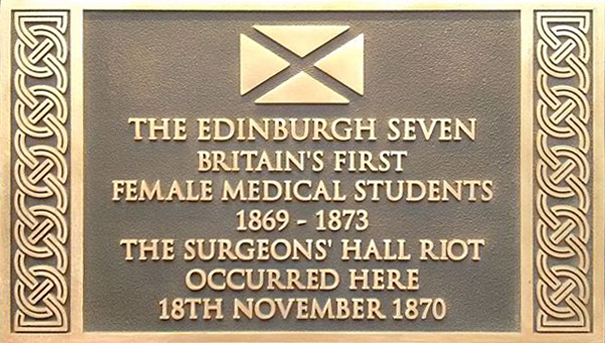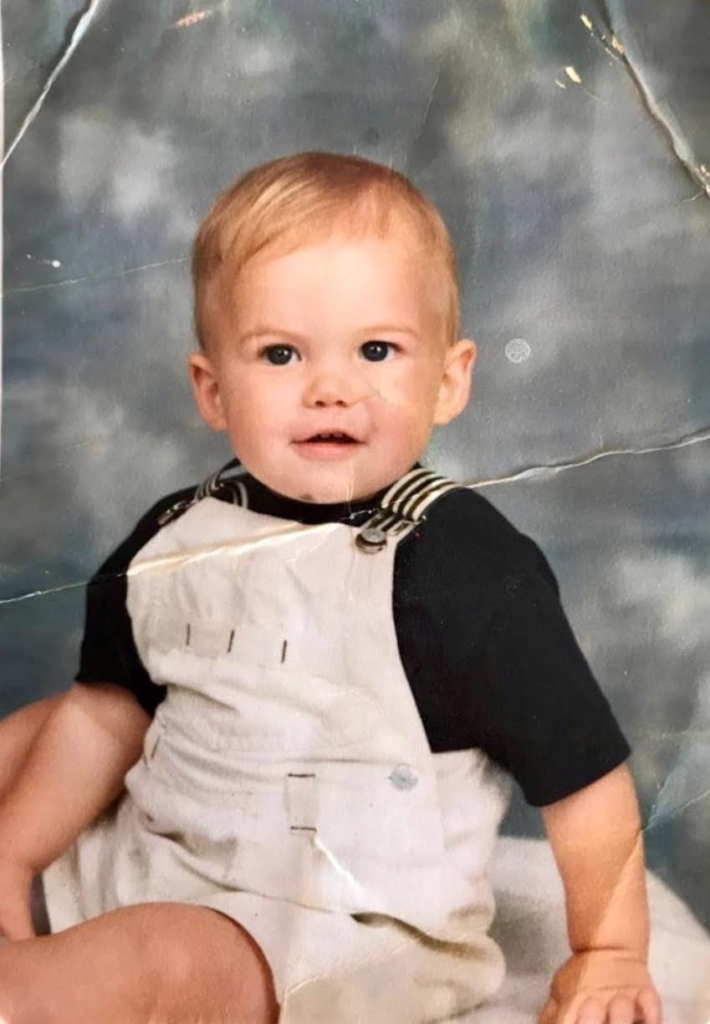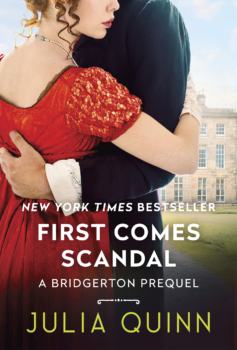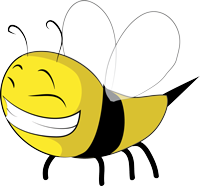- Edinburgh Medical School did not admit women until 1869 when Sophia Jex-Blake, Emily Bovell, Matilda Chaplin, Helen Evens, Mary Anderson Marshall, Edith Pechey, and Isabel Thorne matriculated. They became known as the Edinburgh Seven and were, in fact, the first women to matriculate at any British university.
From the University of Edinburgh website:“Their classes, which were taken separately, were graded differently to the men even though the lectures were identical, resulting in diminished scholarship opportunities. The everyday jealousy the male students exhibited was vile. The men made life as difficult as possible for the Edinburgh Seven, shutting doors in their faces, howling at them and behaving aggressively. Events came to a head at their anatomy exam, when several hundred male students pelted the women with mud and other objects as they arrived. The women struggled through the crowd until a supporter unbolted a door to hurry them inside. During the exam the rioters shoved a live sheep into the hall, causing further chaos.”

Public domain as per Wikimedia Commons. In 1873, however, the university ruled that it should never have admitted the women in the first place and declined to grant them diplomas, despite the fact that they had studied for four years. The University of Edinburgh did now allow women to graduate with any sort of degree until 1894. The first women doctors graduated in 1896. And in 2019, on the 150th anniversary of the matriculation of the Edinburgh Seven, the University of Edinburgh granted honorary degrees to all seven women.
- The Dr. Monro who was giving the medical lecture at the end of the book was Alexander Monro, a noted Scottish physician, anatomist, and medical educator. He was but one of three Alexander Monros, the other two being his father and son. Together, these three generations of Monros held the Edinburgh University Chair of Anatomy for 126 consecutive years. Although it is impossible to know how Dr. Monro might have treated an asthmatic attack in the late 18th century, my research indicates that bloodletting would have been a likely course of action.

- I’m not a very visual writer, and I rarely have a clear picture of my characters’ faces as I’m writing. But when I got to the scenes with young Anthony, Benedict, and Colin, I realized that the situation was a little different. Filming was already underway for the Netflix series Bridgerton, which stars Jonathan Bailey, Luke Thompson, and Luke Newton as the adult versions of the Bridgerton brothers A, B, and C. So I kind of did know what they looked like. I asked Luke Newton for a baby pic, and he immediately replied, “I’ll ask my Mum.” Just a few hours later I received a photo of a very chubby-cheeked Luke N. I took one look and thought, “That’s Baby Colin!”
- Cat-Head’s name comes from a cat that lived across the street from me many years ago in Denver. I just thought it was the funniest name. Cat-Head’s hideous moaning, however, is entirely based on my sister’s cat Margaret. I have never in my life met a noisier cat–In volume, in frequency, or in atonality. And she never stops. I honestly don’t think my sister has had a decent night’s sleep in the last five years.
- The carriage journey to Edinburgh is dedicated to every single person who has ever had to travel with a cat. When I was writing the scenes, it occurred to me that if cats hate being in cars so much, they probably also hate riding in carriages.





